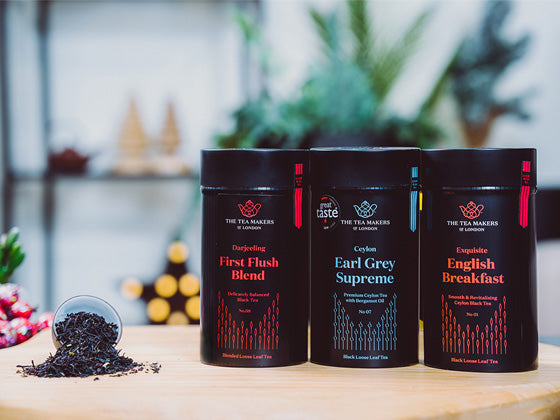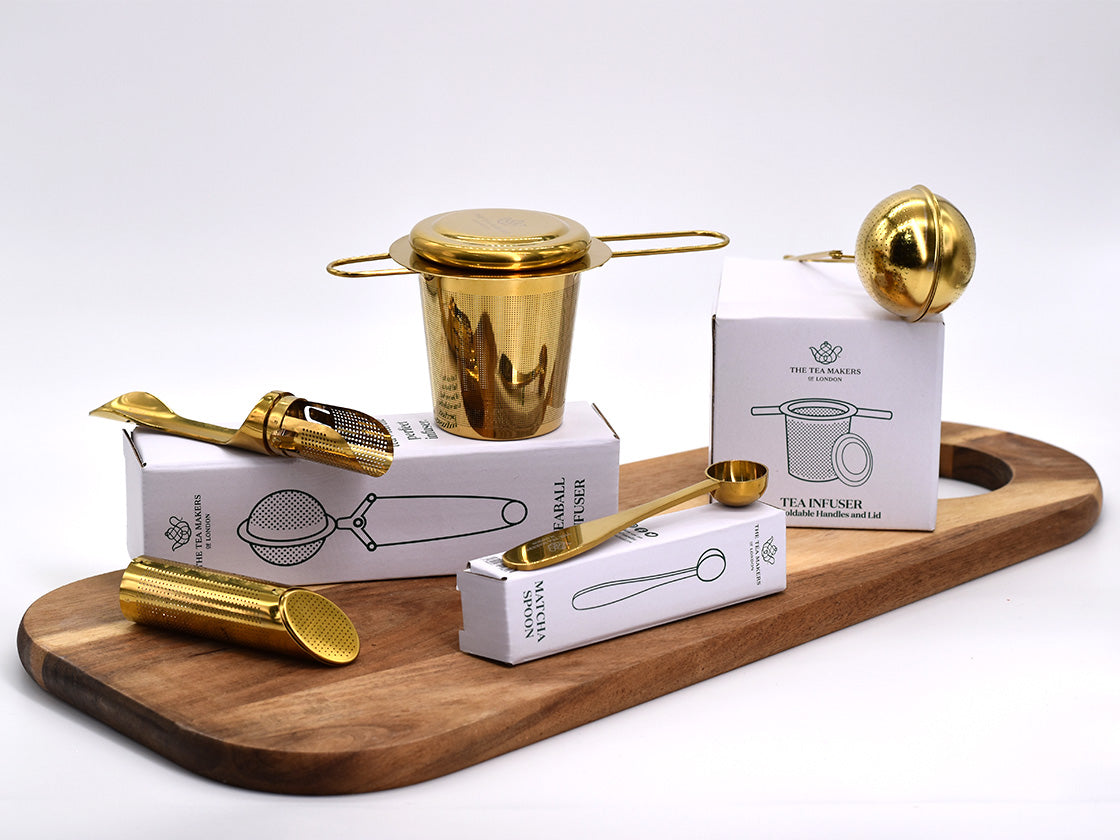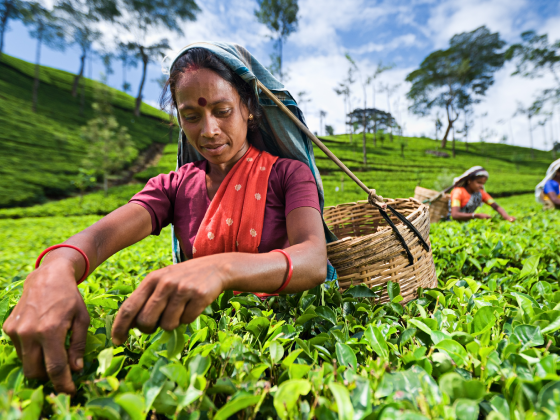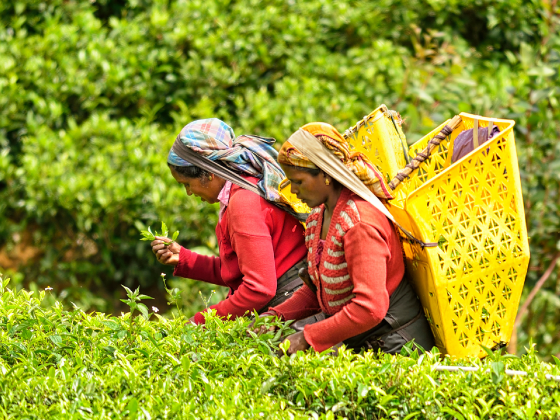Tea was first introduced to Japan from China in the 700s. In the beginning of Japanese tea history, the beverage was exclusive to the upper classes and was introduced as a medicinal drink.
In his book Kissa Youjyouki, the Japanese Buddhist priest and founder of Zen Buddhism ‘Eisai’ wrote: “Tea is the ultimate mental and medical remedy and has the ability to make one's life more full and complete”. The book was written in the early 13th Century after Eisai’s visit to China. Eisai is credited for his influence on the Japanese tea tradition and for introducing tea to the Samurai classes in Japan.
Zen Master Eisai introduced tea as a medicinal beverage to the Samurai classes in the early 13th Century.
During the 14th, 15th and 16th century tea drinking and tea ceremonies gained popularity across all social classes in Japan. Tea drinking became a social and ceremonial focal point. People would gather for tea tastings and play guessing games similar to modern day blind wine tastings.
Green tea especially is popular in Japanese culture. Varieties such as Sencha, Matcha and Genmaicha each provide a unique flavour profile and distinctive colour.
Today, tea is the most consumed beverage in Japan. Green tea plays an important role in Japanese inspired foodie culture across the globe. Most recently, Matcha green tea powder has gained popularity as a healthy alternative to coffee. It is also used in many avant-garde desert to add an enticing green colour and intriguing depth of flavour.
Japanese Matcha green tea powder is extremely popular in modern foodie culture - both in Japan and in Western countries.
Matcha was developed in Japan during the 12th century following the arrival of the green tea introduced by Zen master Eisai. Buddhist monks found that, if shade-grown and subject to the process of steaming common to other Japanese teas, the leaves taken from the Camellia Sinensis tea bush would produce teas of particularly distinct flavour and fragrance.
But what separates Matcha tea from Gyokuro tea - which is also shielded from direct sunlight with reeds and straw for up to three weeks before it is handpicked - is that rather than being twisted and rolled, the leaves designated for Matcha tea are dried, destemmed, deveined, and finally ground into a fine powder in a stone mill.
With more than 800 years of history, Japanese Green Tea right has a very special place in the world of quality teas.
Head over to our Japanese tea page to experience the joys of Japanese green teas.








